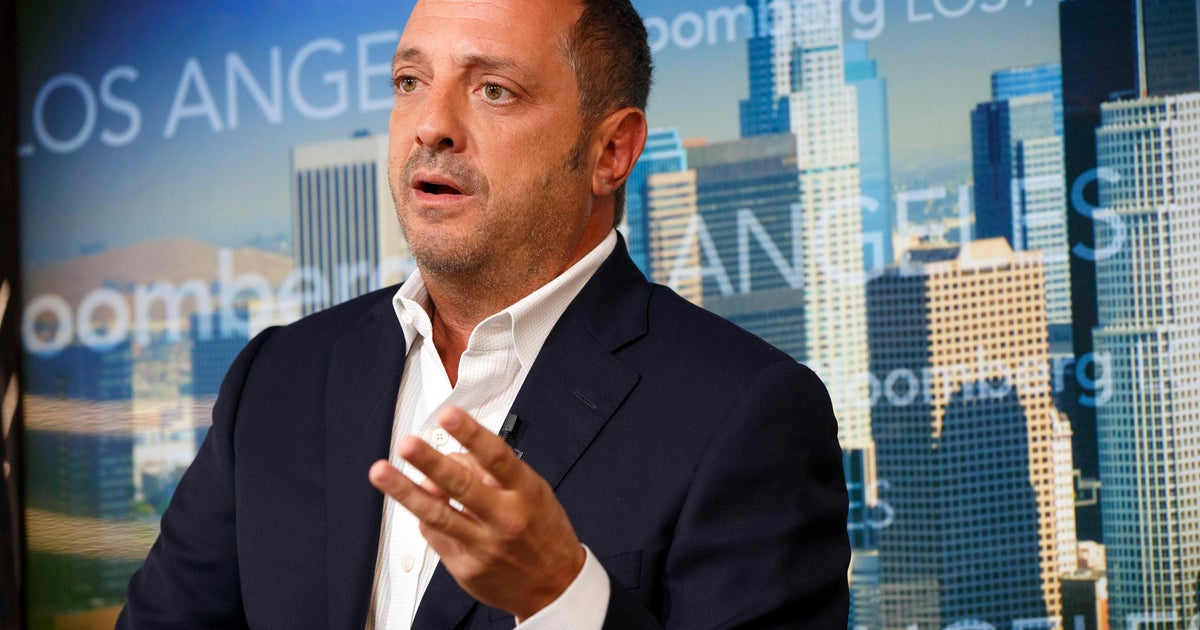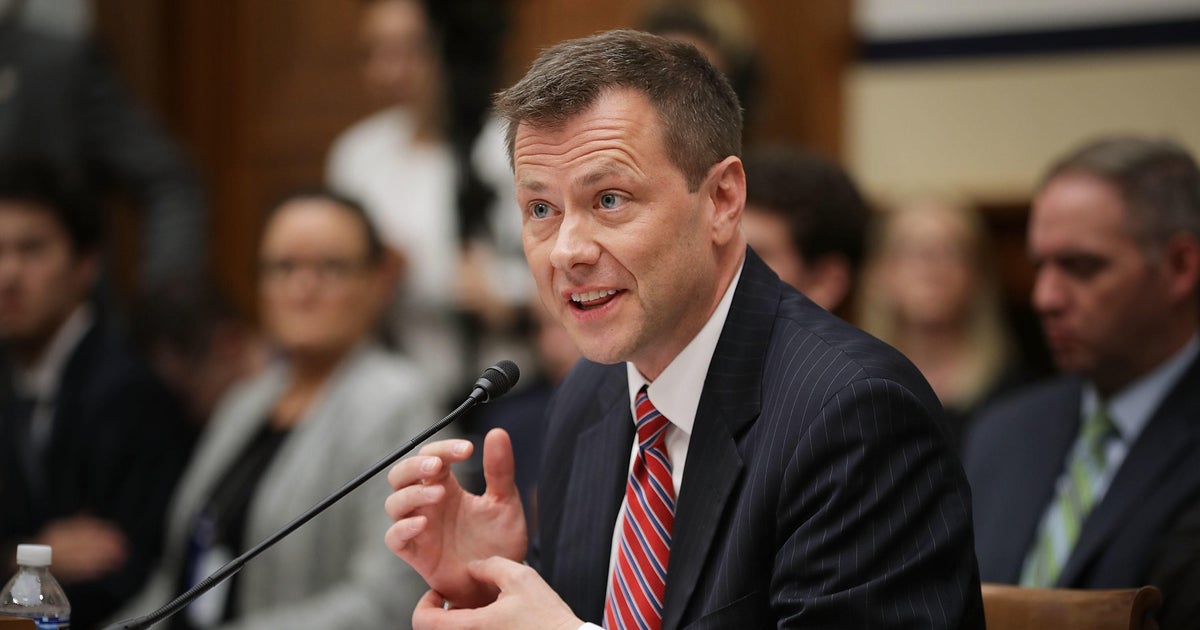U.S. begins returning asylum seekers at Laredo crossing, expanding "Remain in Mexico"
The federal government has started returning non-Mexican migrants who claim asylum at the Texas border city of Laredo back to Mexico, the first expansion of the controversial "Remain in Mexico" policy since the U.S. and Mexico brokered a deal to avert President Trump's tariff threats.
Customs and Border Protection (CBP) officials were slated to make the first returns on Tuesday, a Department of Homeland Security official told CBS News. Ten people had been returned so far, according to a Mexican government official.
The move means the U.S. will now send asylum seekers, mostly from Central America, to the border city of Nuevo Laredo in the state of Tamaulipas, one of five Mexican states the State Department warns Americans travelers not to visit because of rampant crime and the risk of being kidnapped. "Violent crime, such as murder, armed robbery, carjacking, kidnapping, extortion, and sexual assault, is common. Gang activity, including gun battles and blockades, is widespread," the State Department says in its travel advisory of Tamaulipas.
The policy, which is being challenged in court, has been under withering scrutiny from immigrant advocates, Democrats and even some of the asylum officers overseeing it. They argue the policy violates U.S. and international refugee law because it places desperate asylum seekers at risk.
While they wait for their day in a U.S. court, these Central American migrants struggle to find shelter and employment in Mexico. Some face persecution and extortion, and most will show up to court without a lawyer. Lawyers and organizations have also struggled to help and represent the tens of thousands of migrants who have been returned under the program.
By implementing the policy, officially called the Migrant Protection Protocols (MPP), at the Laredo port of entry, the Trump administration is fulfilling its pledge to expand the program along the entire southern border as part of an effort to deter migrants from Central America.
Currently, the policy is also in place at ports of entry in El Paso, Calexico and San Diego — where it made its debut last December under former Homeland Security Secretary Kirstjen Nielsen. More than 18,500 asylum seekers have returned from these ports of entry to wait in Mexico for their dates in U.S. courts, according to figures by the Mexican government.
Under the agreement reached by the U.S. and Mexico last month to avert Mr. Trump's threats to impose tariffs on Mexican goods, the Trump administration pledged to "immediately" carry out the expansion of "Remain in Mexico" along the entire southern border.
After the deal was brokered, Secretary of State Mike Pompeo called the "full-blown" expansion of MPP a "big deal" in the government's efforts to curb the flow of migration from Central American countries. In May, apprehensions at the southern border hit a 13-year high.
The number of apprehensions in June, however, is expected to decrease significantly because of Mexico's amped up immigration enforcement and the sweltering summer heat.





